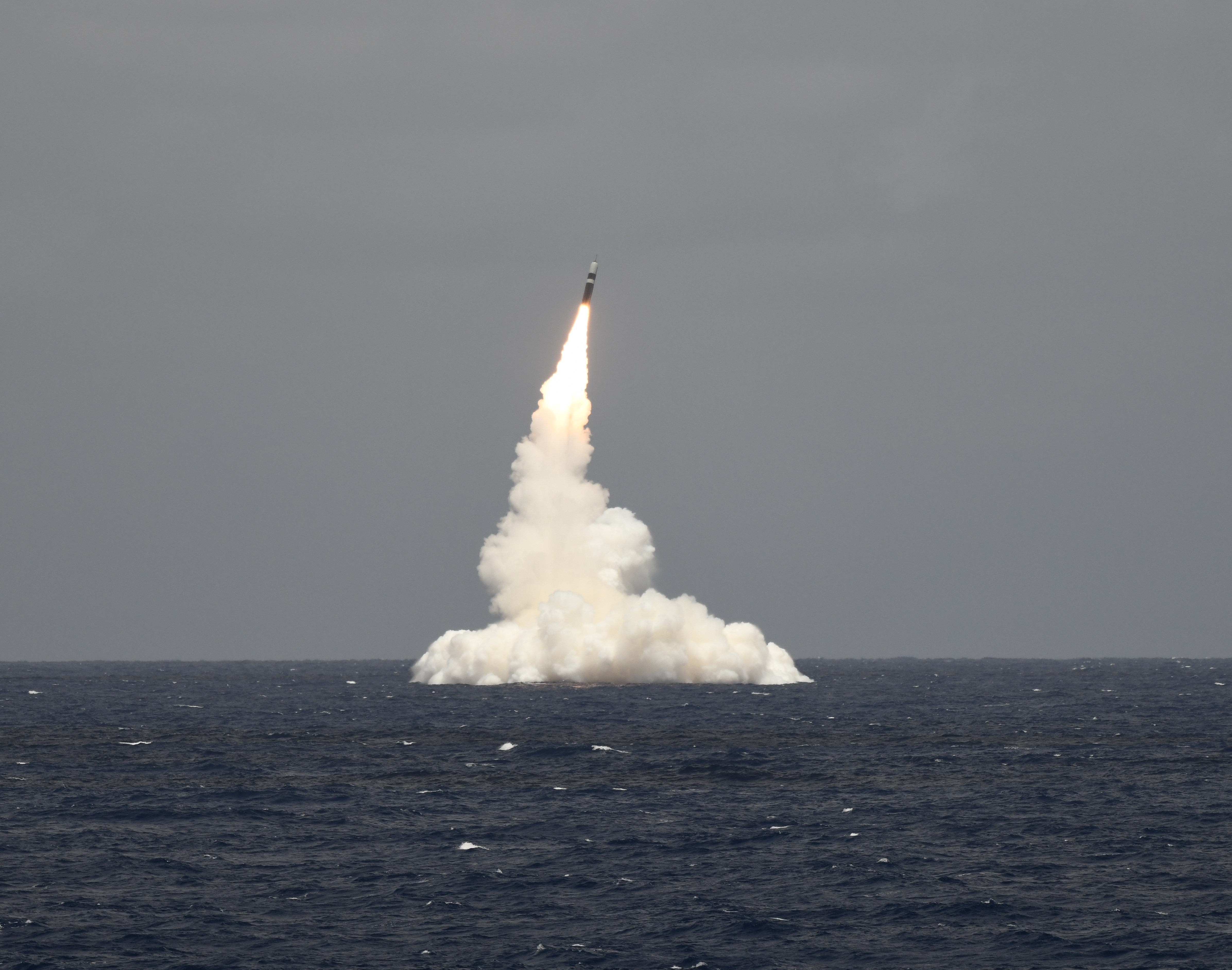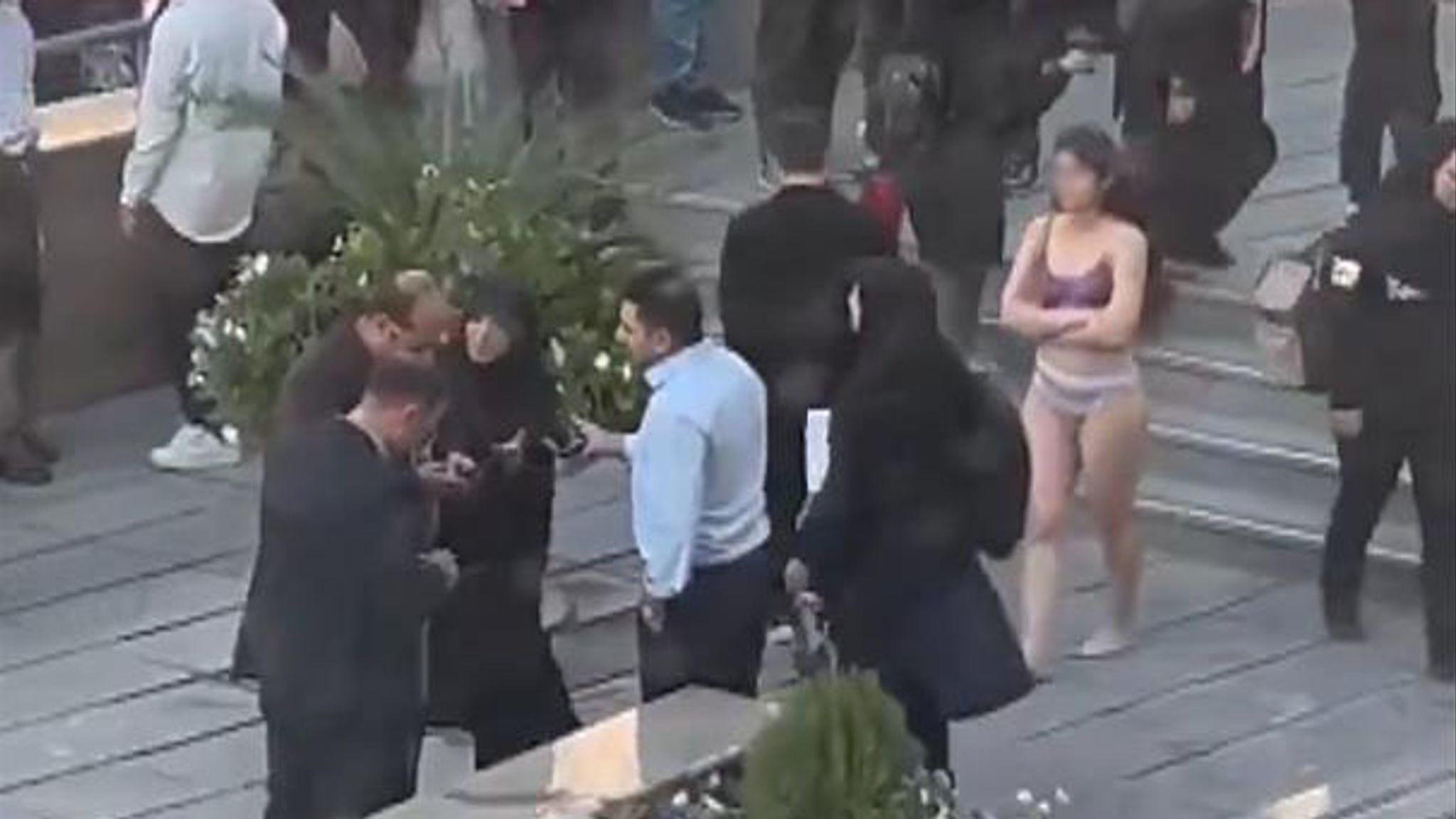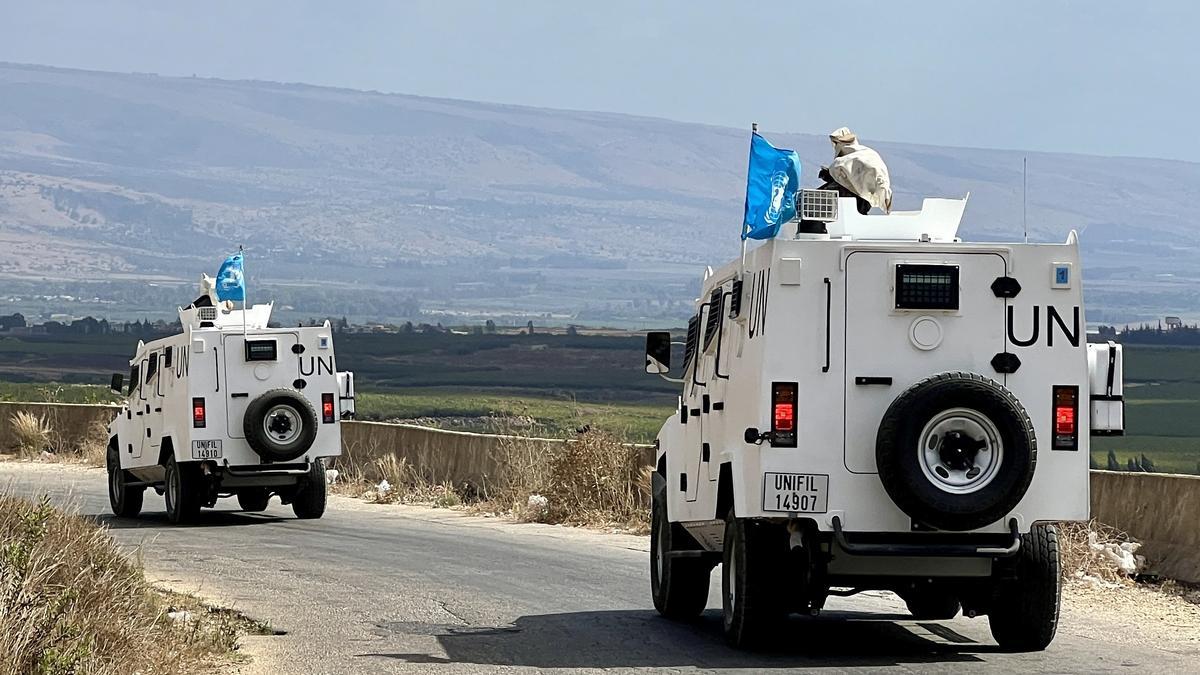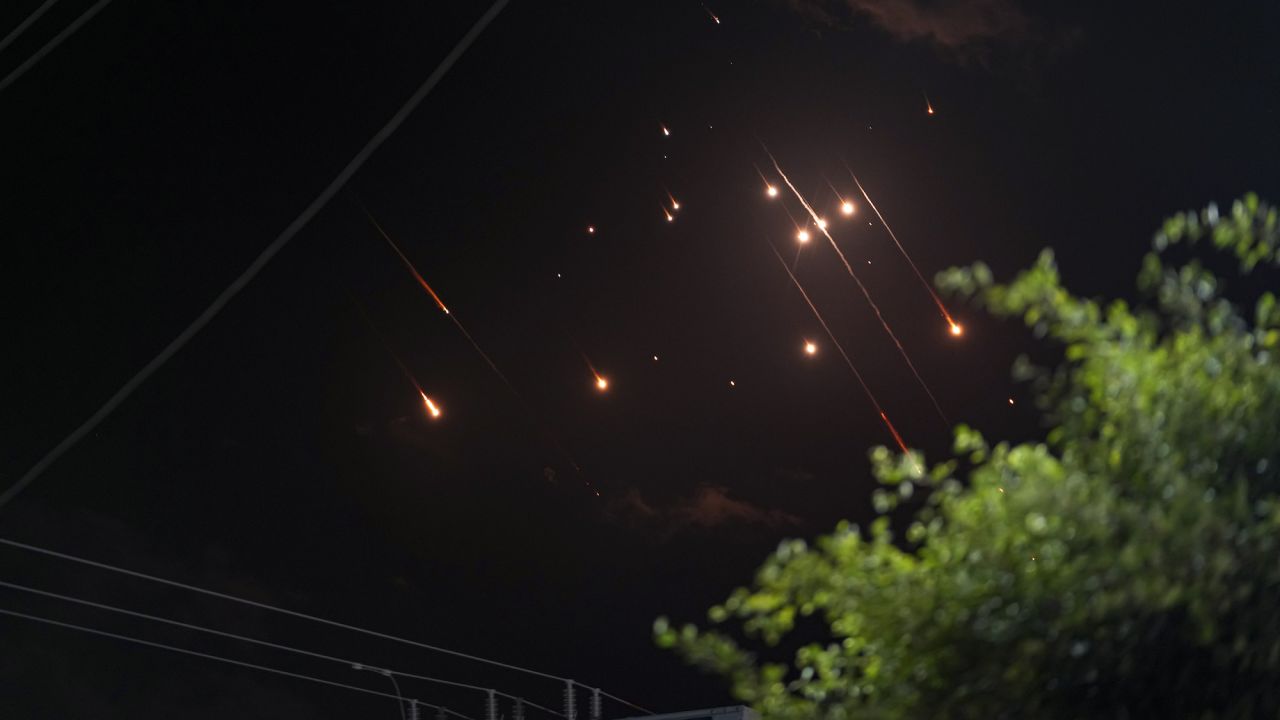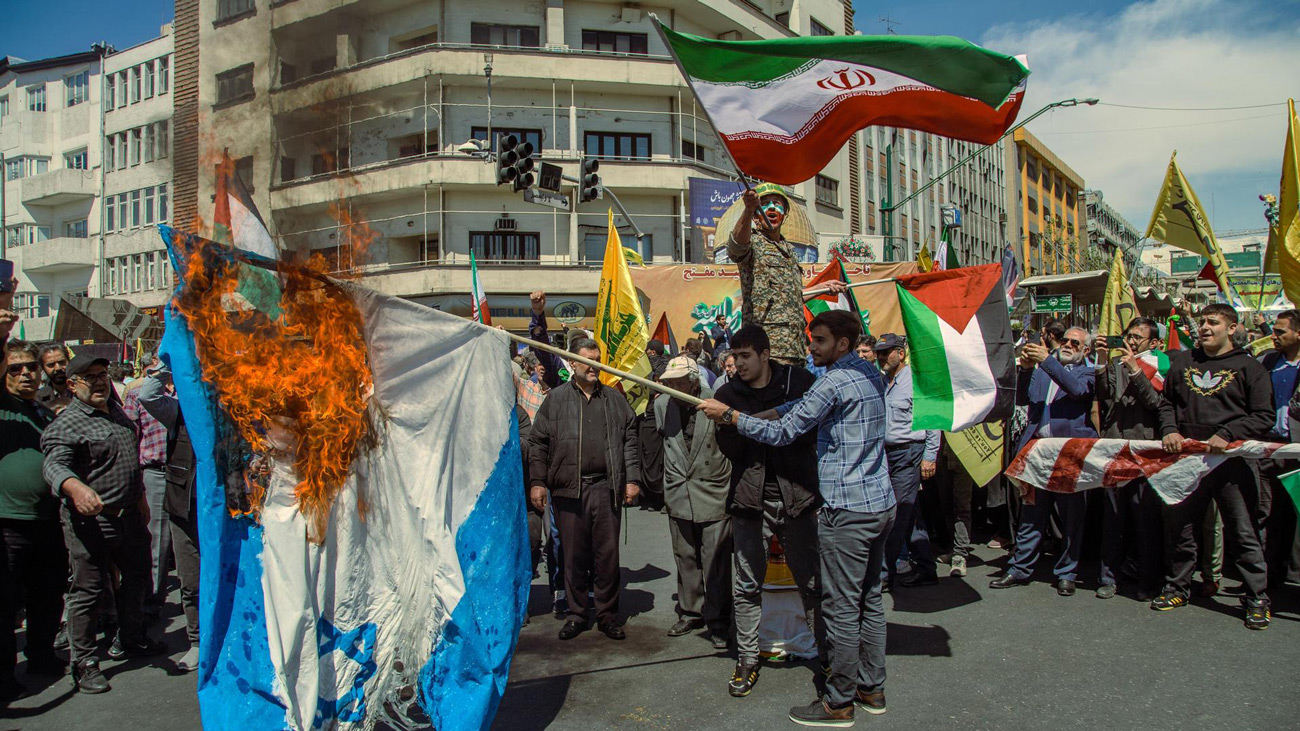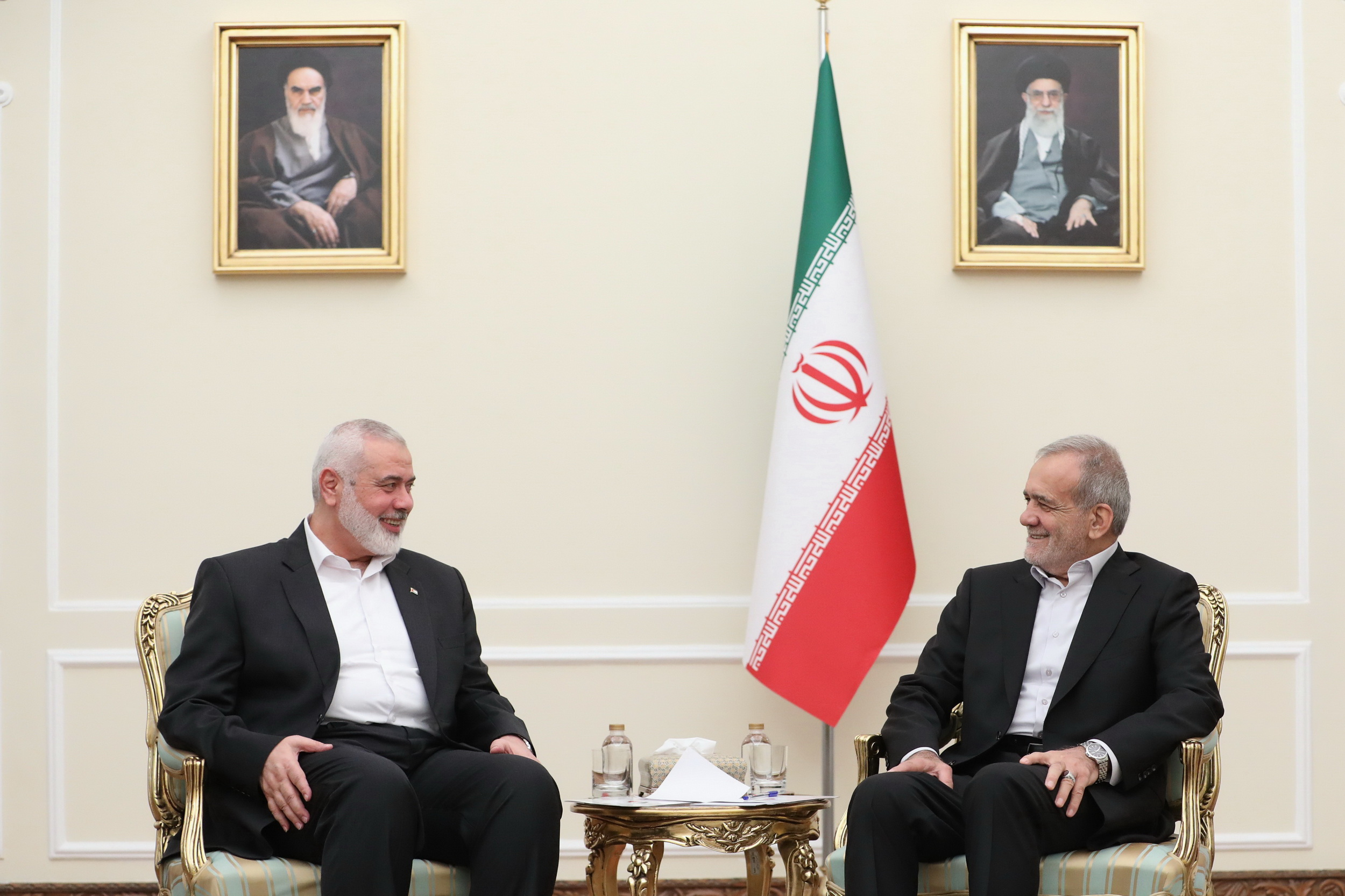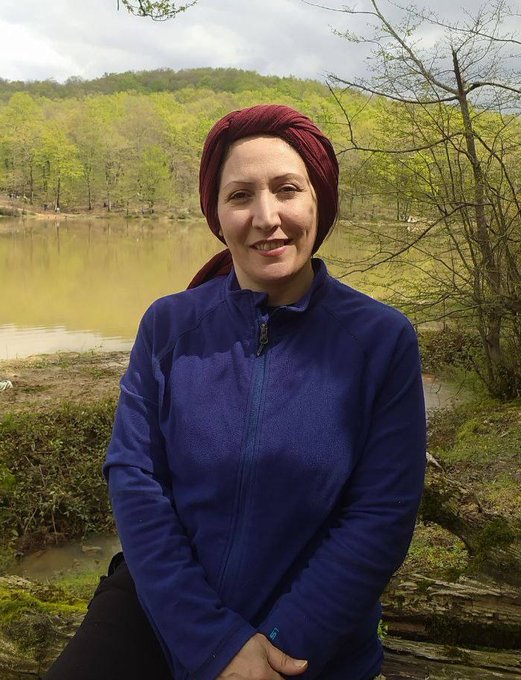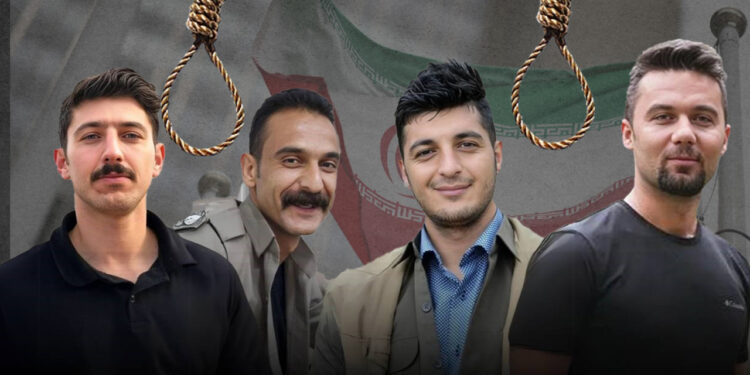At least 185 people have died in Iran protests
- Almost a month after Mahsa Amini was arrested by the Iranian police, citizens have protested since then. During a strike at oil refineries, workers are calling a national protest this Wednesday.

Protests against the Iranian Government have already resulted in 185 deaths, including 19 deaths, according to news agency Reuters. Government sources have added that up to 20 people have died from the security forces. Almost a month after the start of the protests, demonstrations and strikes are continuing: the workers at the oil refinery in Abad, the oldest in the Middle East, are on strike from Monday to day. There have also been stops in Asalouyehen, which has petrochemical facilities and natural gas infrastructures. A protest was also called on Wednesday at noon.
They have protested in Iran since 16 September, when, after passing through the hands of the police, the young Kurdish Mahsa Amini, known as Mahsa, whose curved name was Jina, who has banned the Kurdish names of Iran. He was arrested on charges of “improper dress” for not having “properly” placed the hijaba. Since then, protests over the demolition of the clerical government of the state have proliferated throughout the territory, especially in Kurdistan of Iran, where the first menifestations began, as Amini was from here.
Protesters have launched a claim to investigate Amin's death, but it's not the only request. The protests have been against the regime and have launched feminist demands, including the abandonment of their “feminicide” policies.
Strikes in the energy sector may, according to international experts, be one of the most important weapons against the government. They stress that the 2022 protests can be a milestone in the Islamic Republic established in 1979. However, they are not the most populous in the history of the country or the most influential: The 2009 protests, the result of alleged electoral fraud to the presidency, brought together thousands of people and were named Persian Spring.
Jin, jiyan, the Azadi motto turned into a symbol
The conflict initiated in the Tehran triad has crossed the entire country and its borders. Throughout the world, images of thousands of women taking their hijaba or cutting their hair have spread as a symbol of protests against the laws of the Iranian regime. These videos are made under the motto “Jin, jiyan, azadi” (“Women, life, freedom”).
Some world artists and characters have joined these videos, and many have recorded themselves saying these three words or cutting their hair. In Euskal Herria, for example, the platform zorrotz.eus has brought together several artists repeating the same motto they use in Iran. These include: Itziar Ituño, Uxue Alberdi and Idurre Eskisabel.
The Iranian people were called on on 28 June last to vote to elect their new president, at a particularly difficult time at geopolitical level, for the genocide against the Palestinian people of the Israeli Government and the role that countries such as Iran play in that... [+]
Over the past decade, France, the United Kingdom and the United States invaded Syria by breaking international law. In 2024, Washington still has a dozen military bases to occupy Syria and steals much of the country’s oil. Israel occupies the territories of Syria and... [+]








